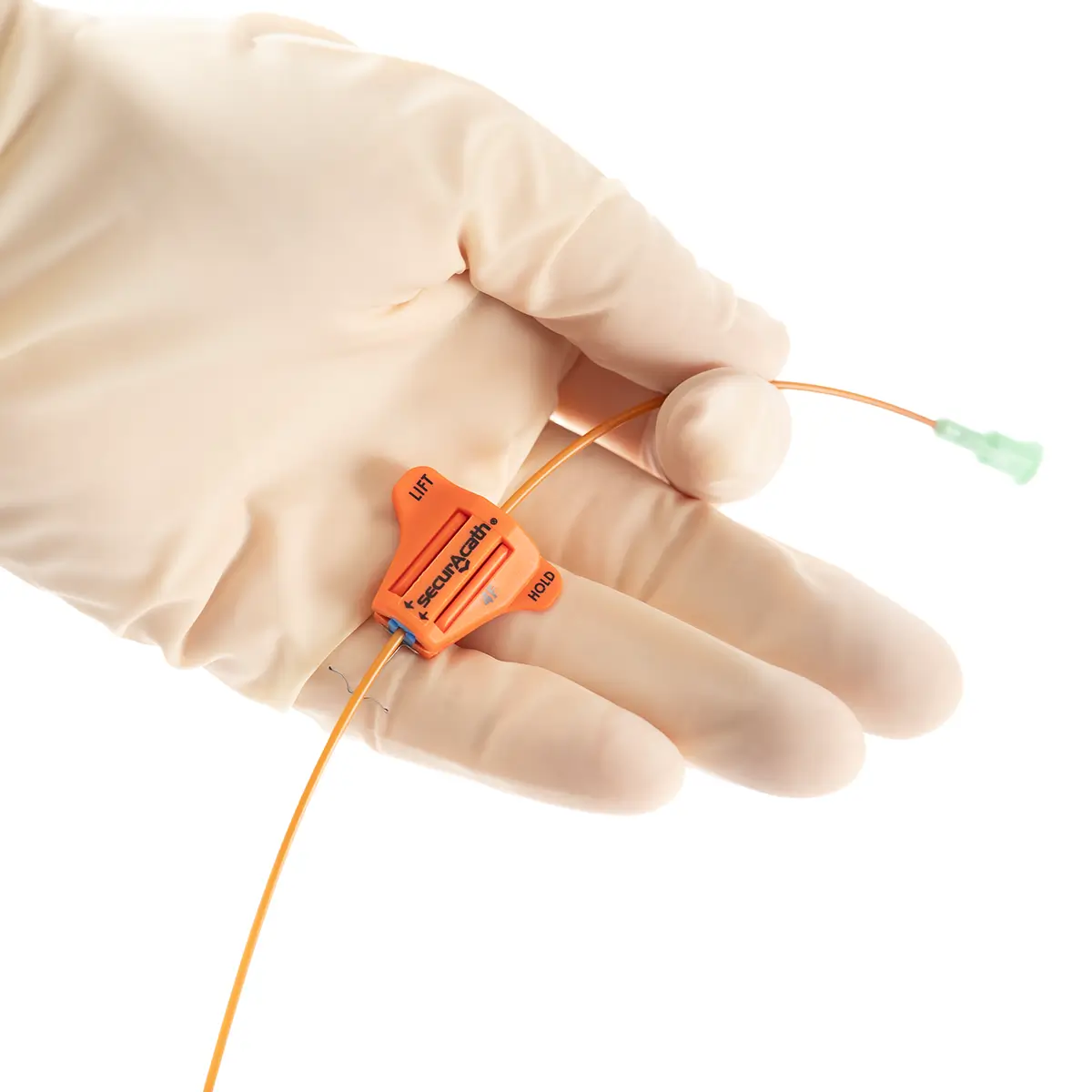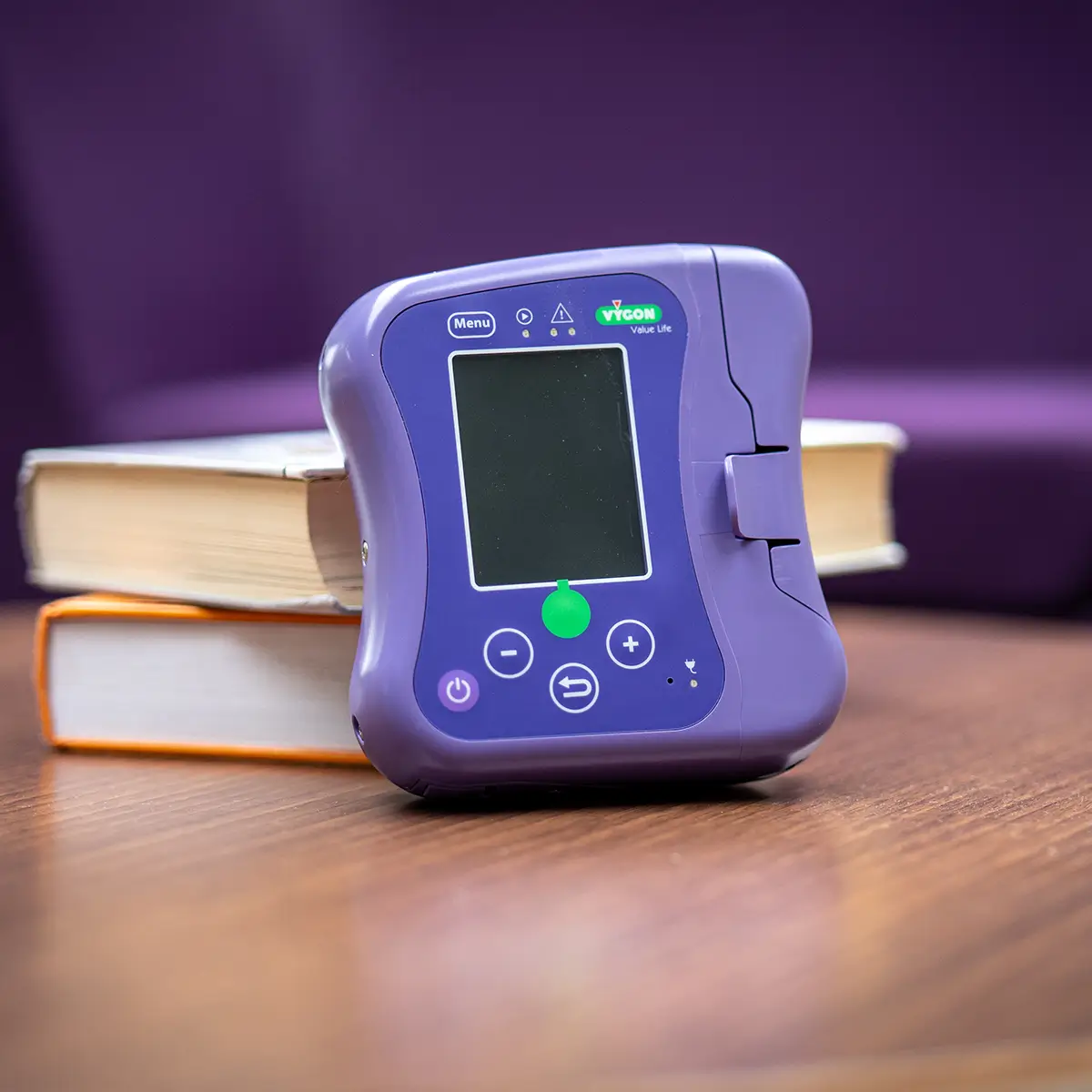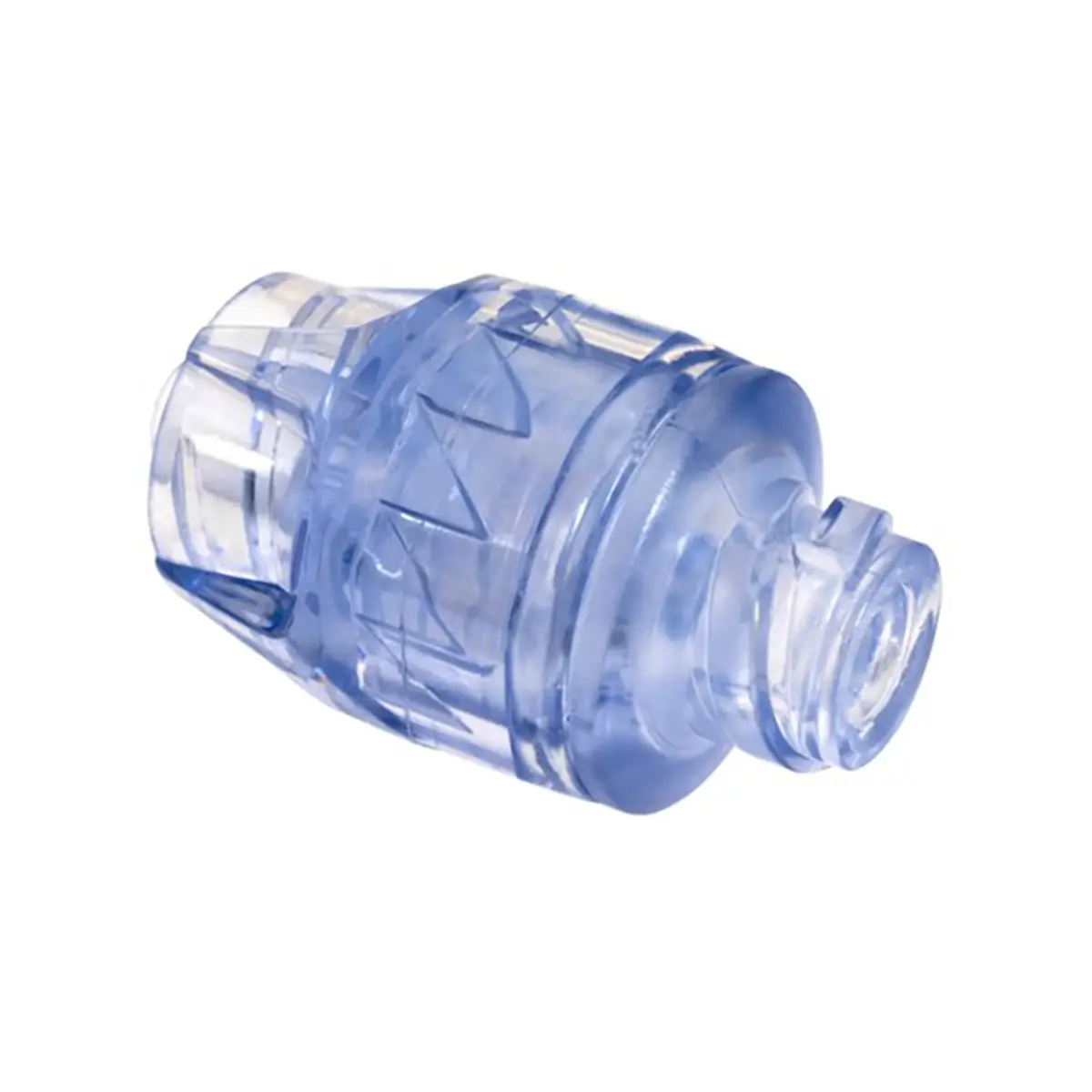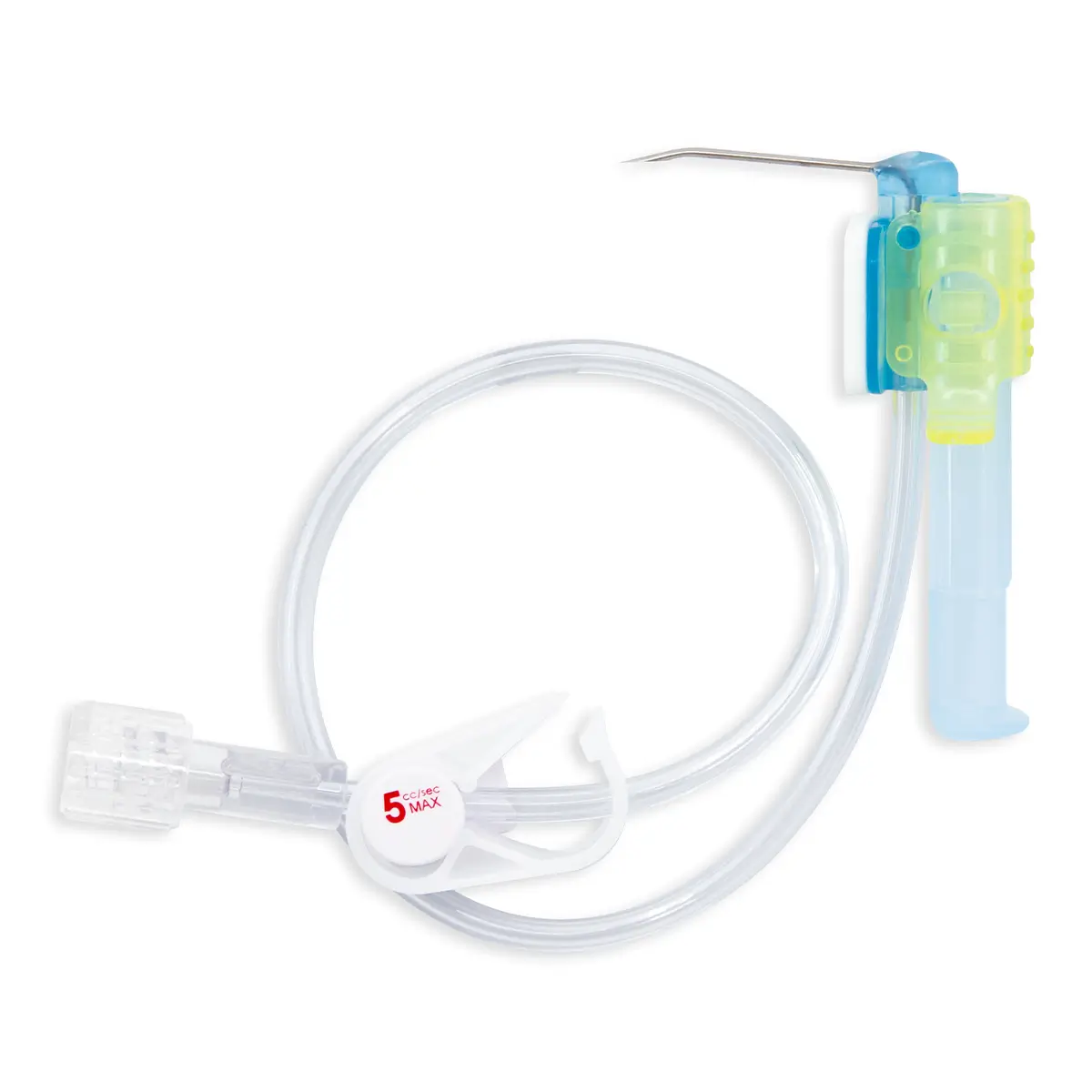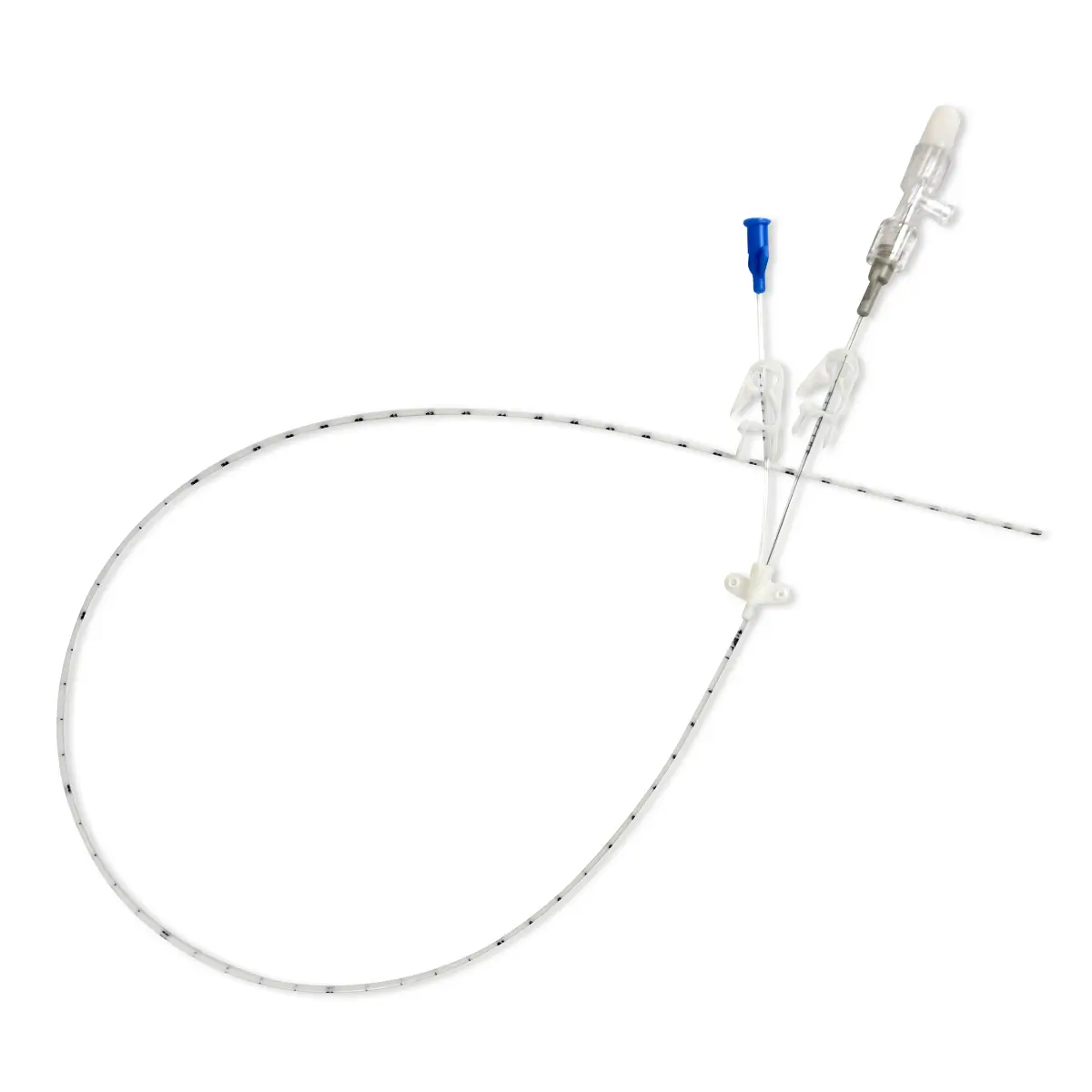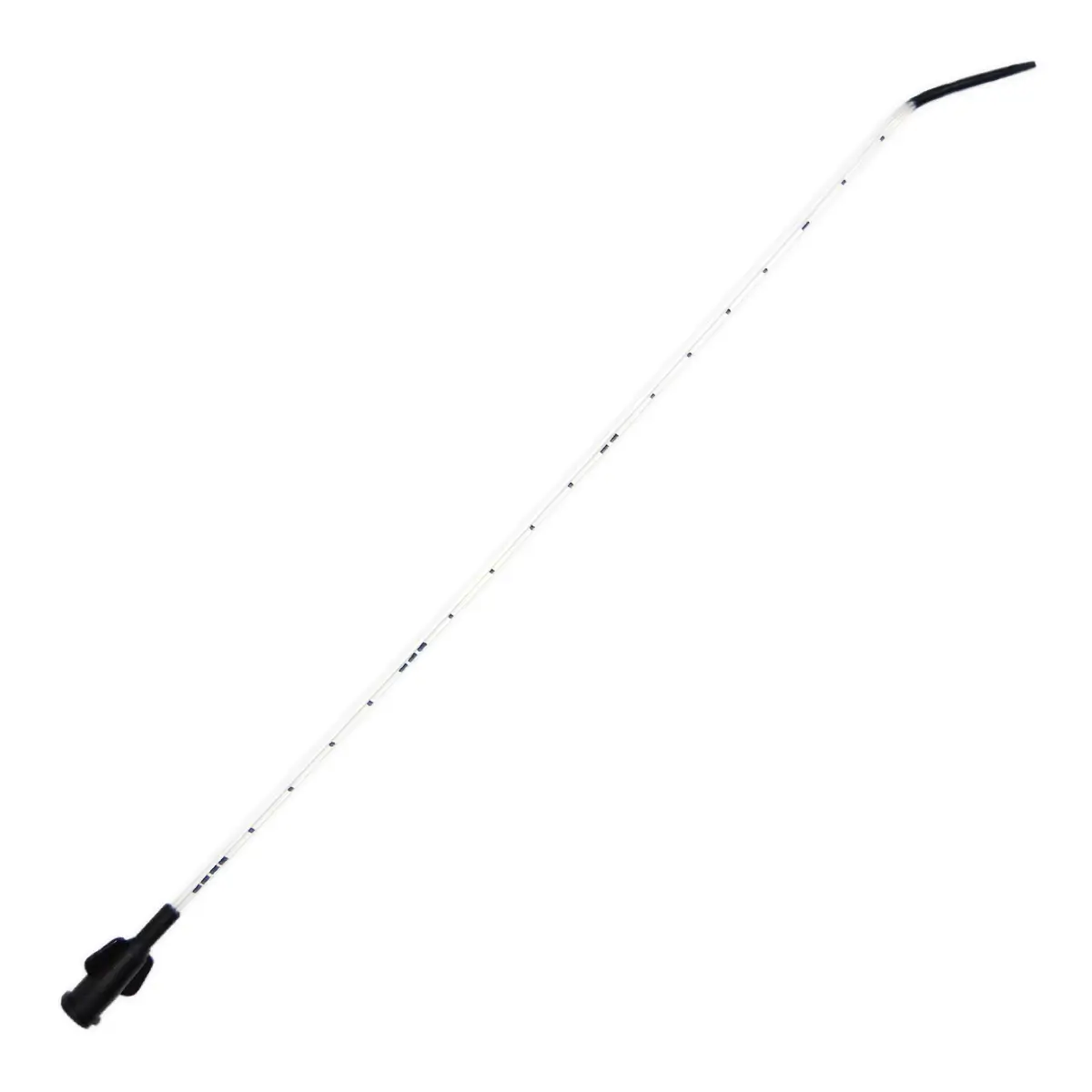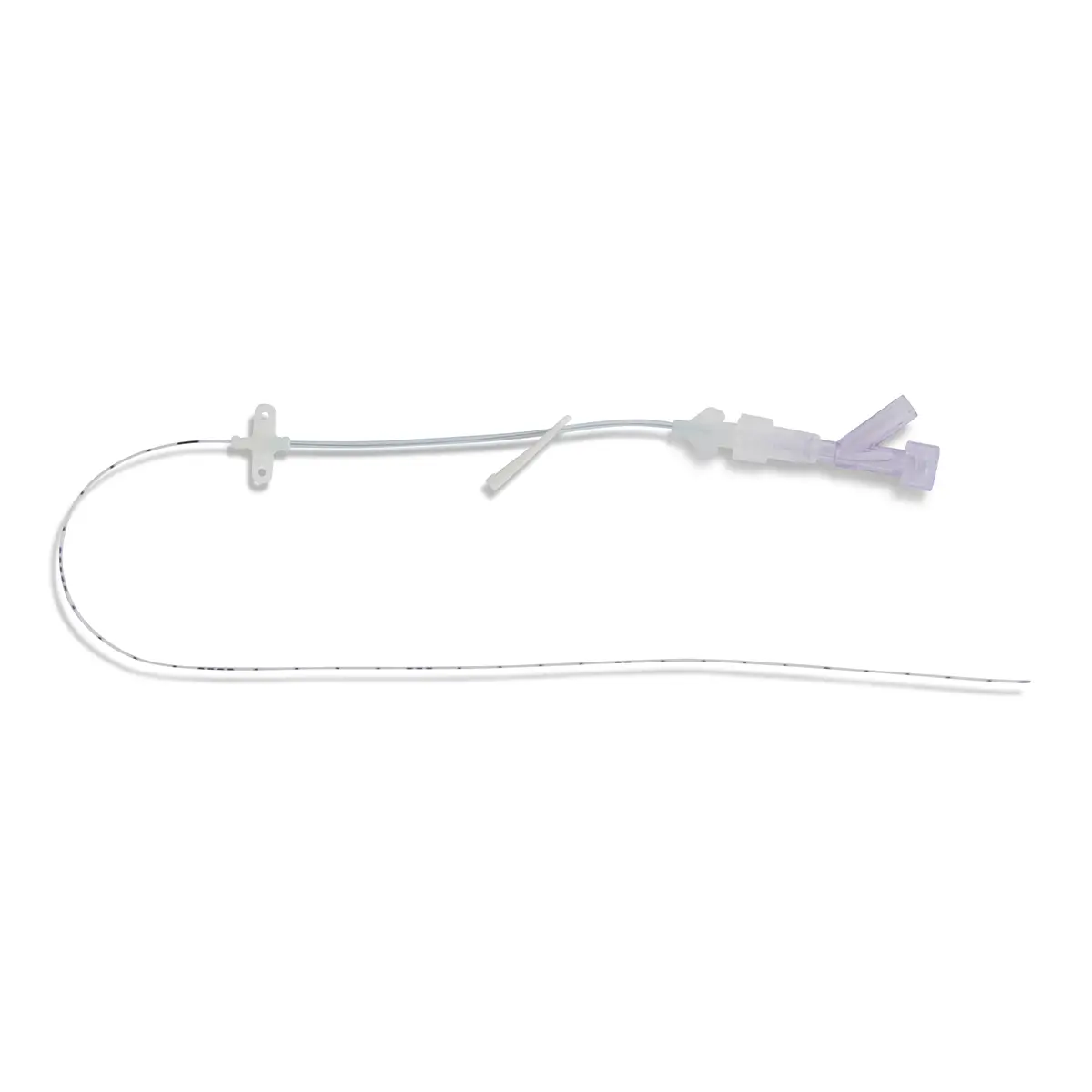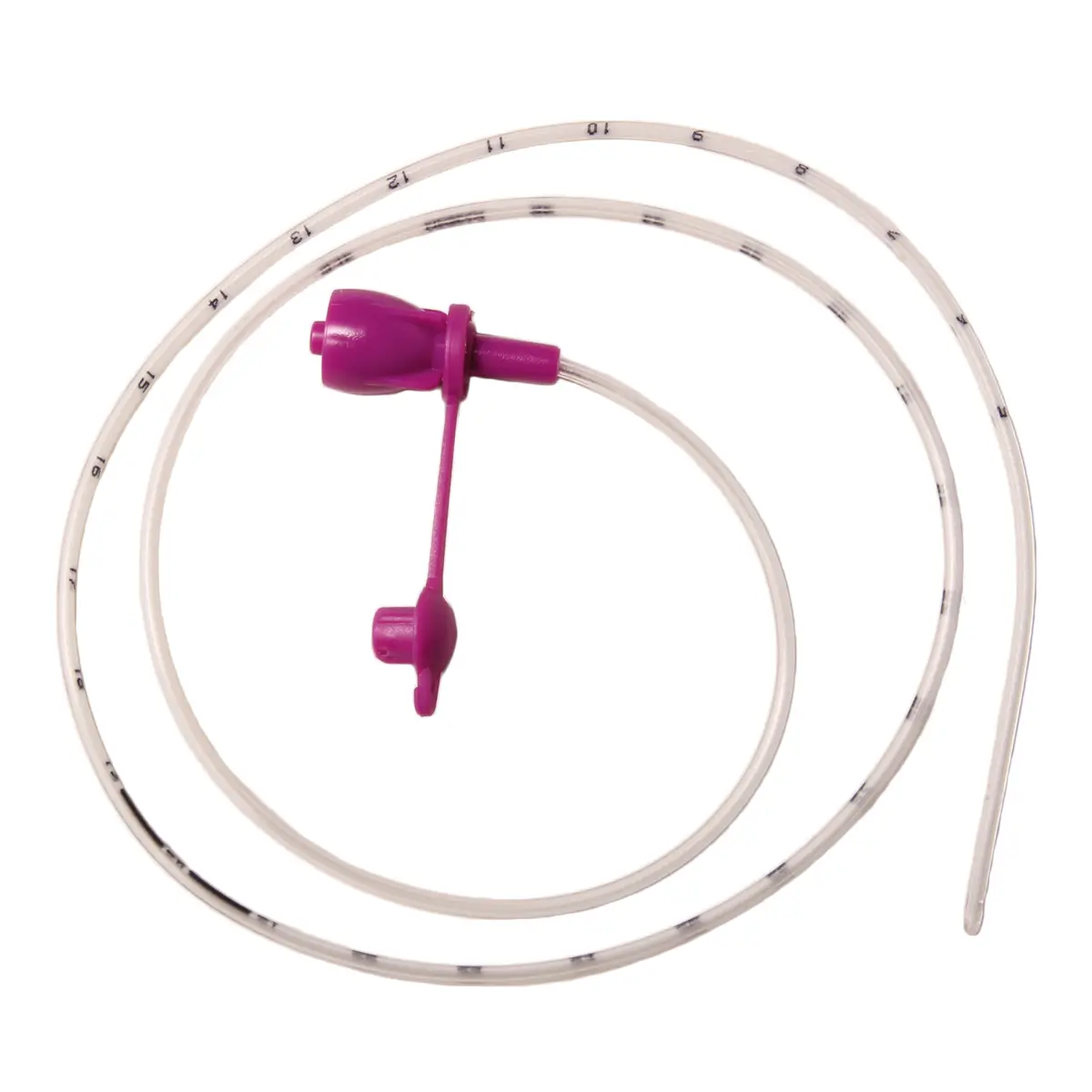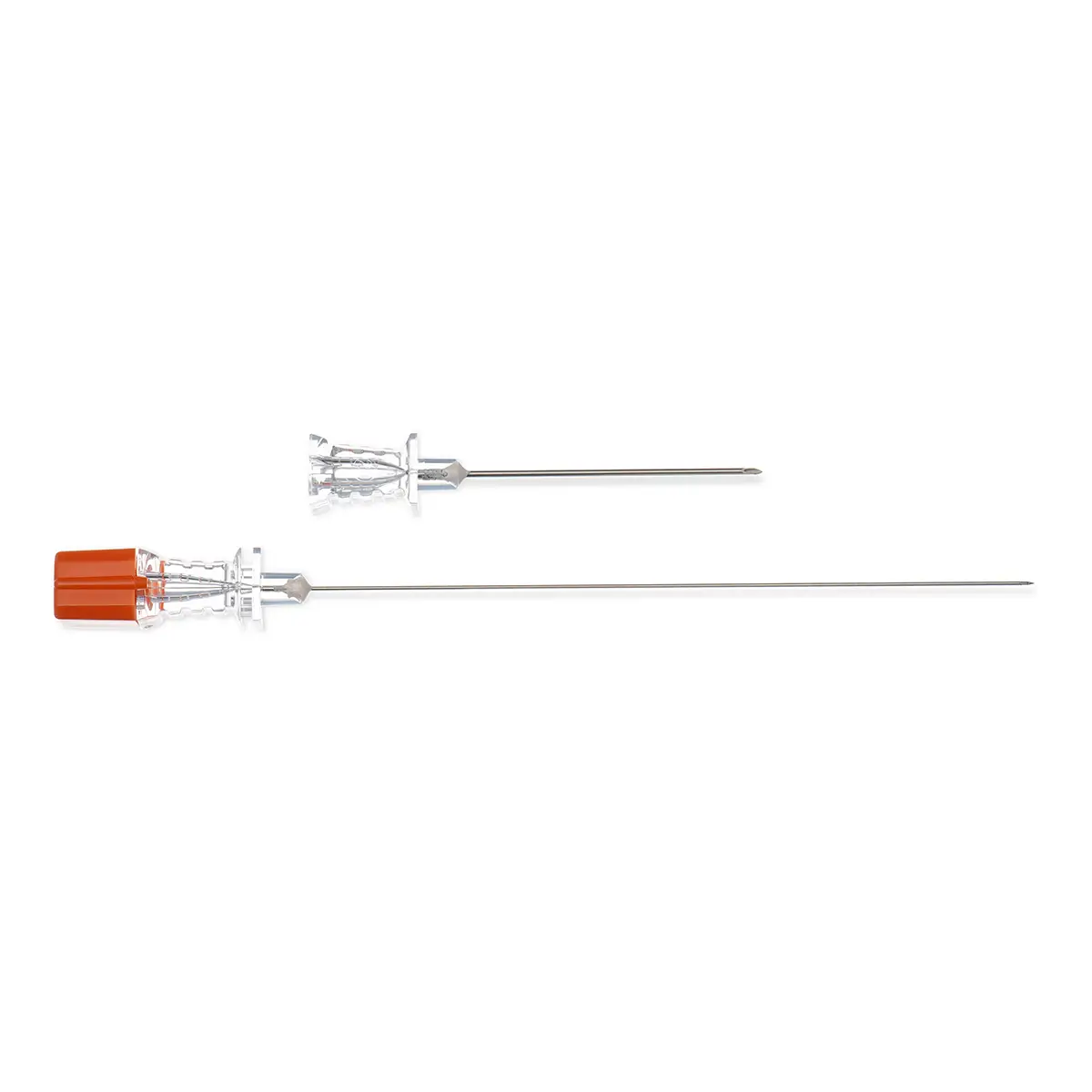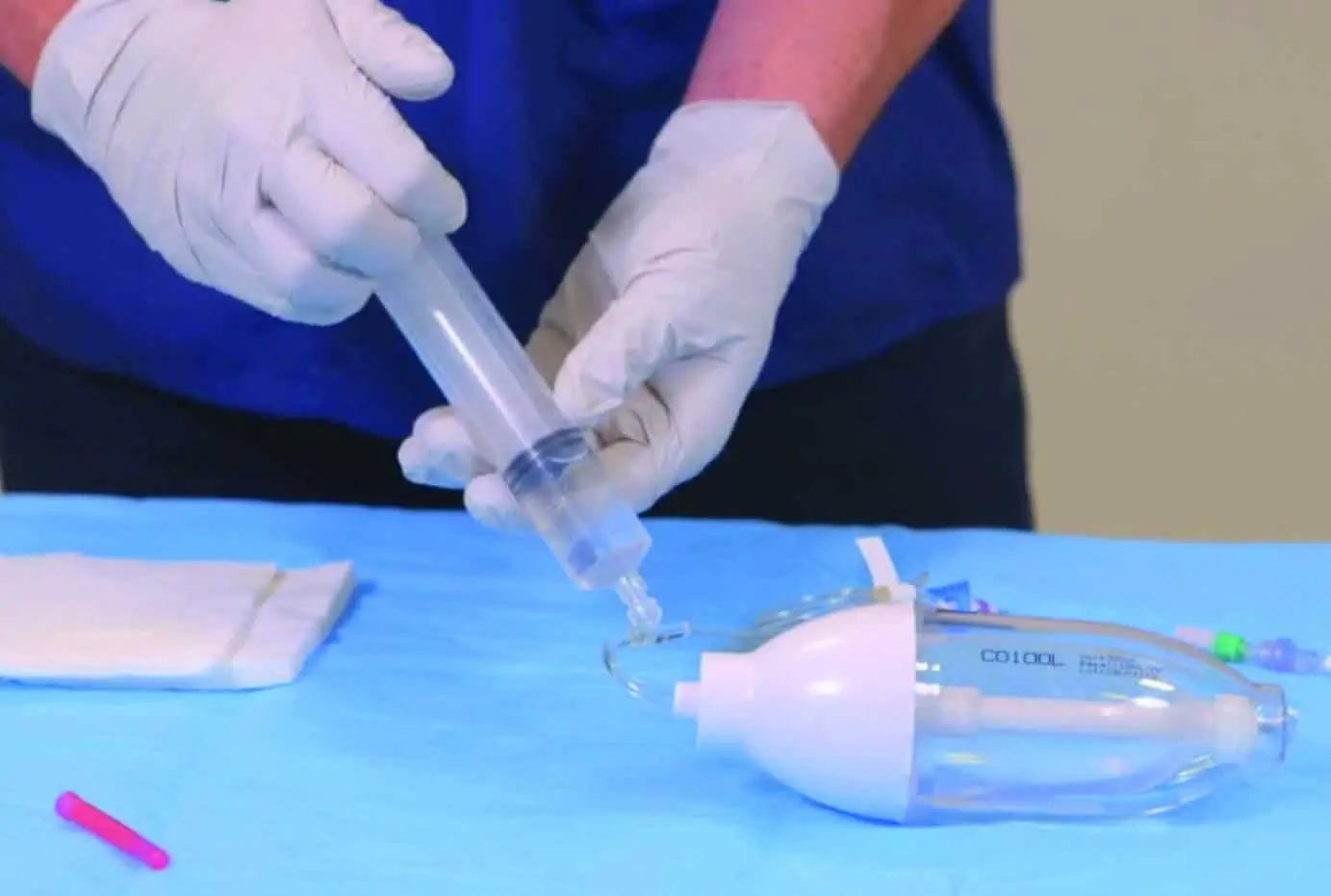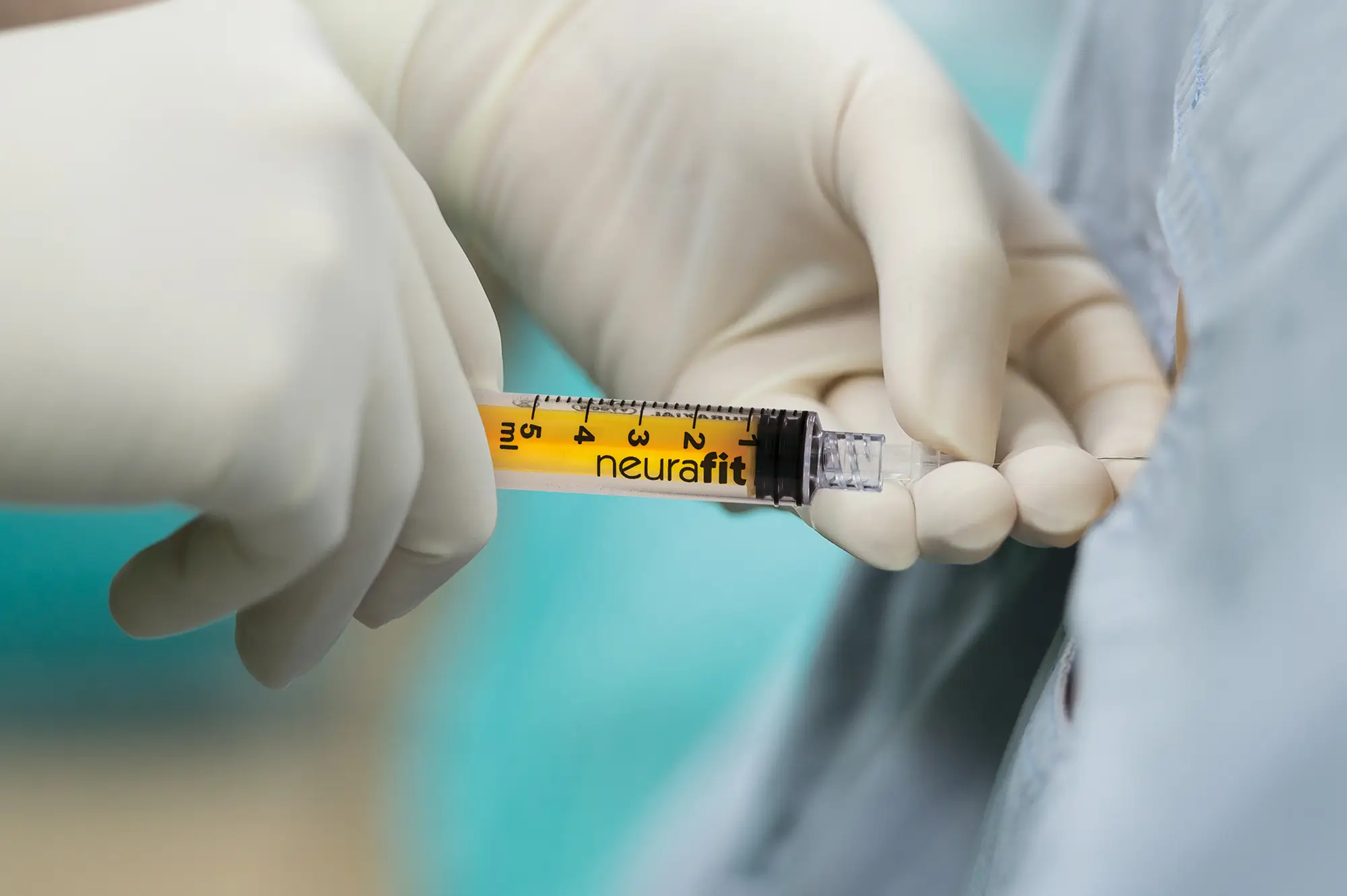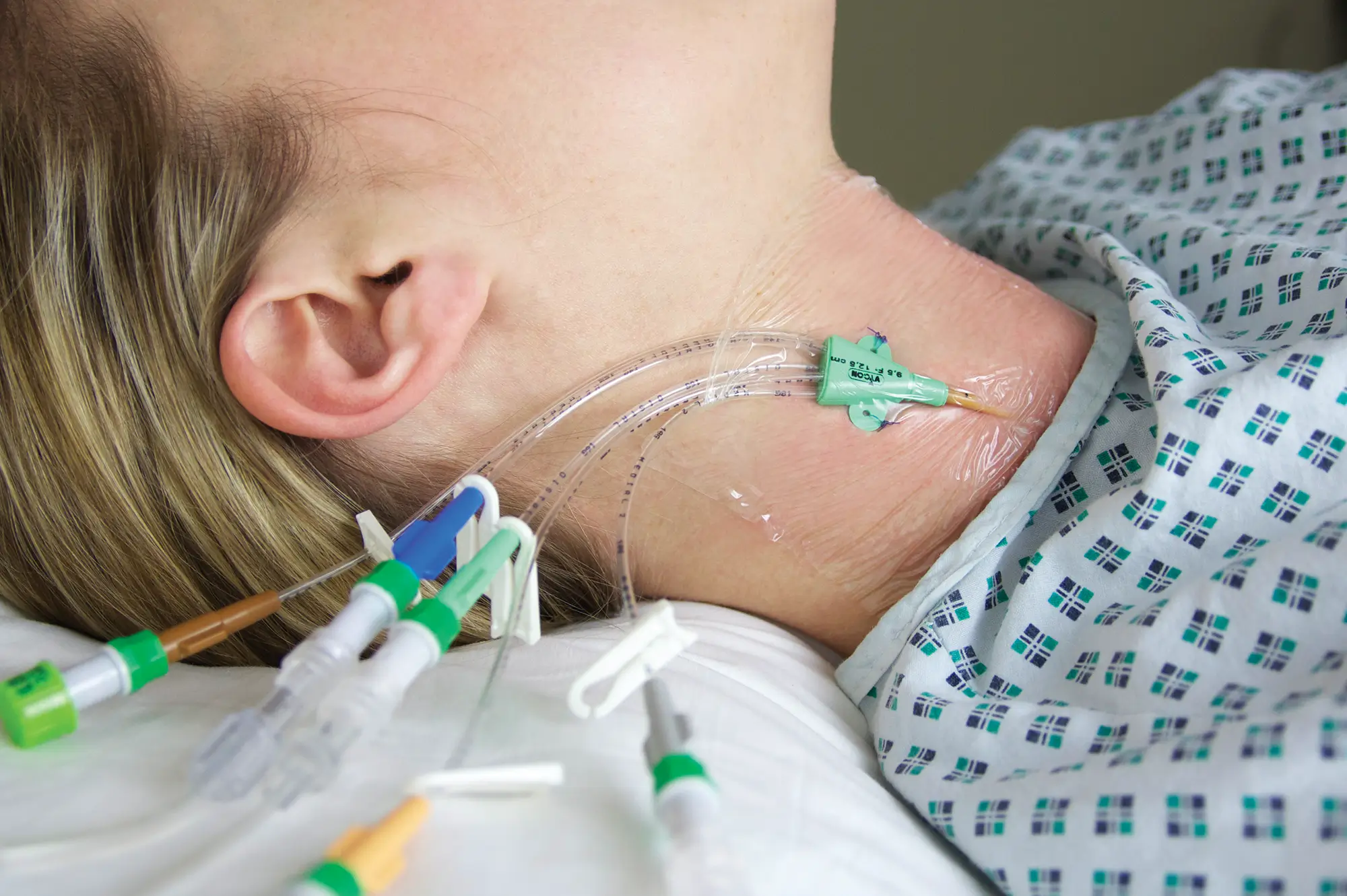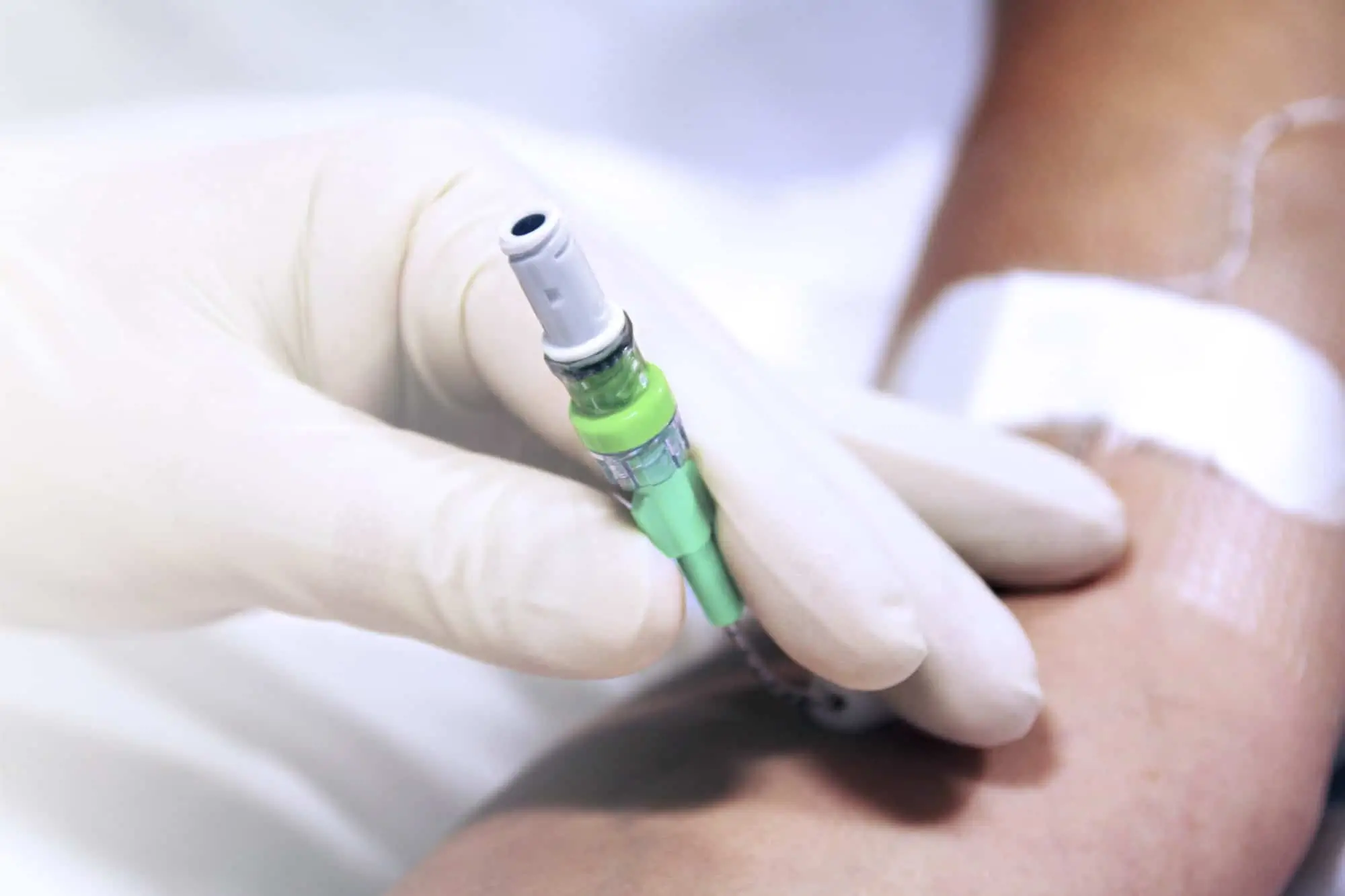Scrub the hub versus disinfecting port protectors; the benefits of change…

Scrubbing the hub has been the established method of disinfecting ports for many years. It is a simple, low-tech procedure and the only procurement investment is wipes!
But is the technique fit for purpose in busy hospitals where every minute dedicated to caring for patients is precious? Is it as effective as it needs to be in protecting patients from catheter-related bloodstream infections (CBRSIs)?
An alternative and very effective cleaning method is the Curos Disinfecting Cap for Needleless Connectors. One product change instantly delivers three benefits!
· Curos saves time by removing the 15 seconds cleaning and 30 seconds drying time that had previously been required to ‘scrub the hub’. This gives clinicians have more time to care for patients.
· Curos removes human variation and process steps in cleaning practice.
· The Curos green caps provide clinicians with a simple, visible audit of IV catheter disinfection compliance.
Just how inconsistent hub cleaning can be was proven in a port cleaning survey we initiated in association with the Aseptic Non-Touch Technique (ANTT) organisation.
One of the questions focused on how long the IV hubs were left to dry before accessing. It is important to let the alcohol dry so that it has the maximum bactericidal effect. epic3 guidelines recommend drying time should take place until the hub is visibly dry (this can take longer than 30 seconds). The results show that 42% of IV hubs are drying for 10 seconds or less and 2% were being accessed without any drying time. Not allowing the IV hub to dry can lead to CRBSIs, which increase the patient’s hospital stay by 11 days.1
To find out more about Curos Disinfecting caps and request samples please get in touch below.
1: H.P. Loveday et al. epic3: National Evidence-Based for Preventing Healthcare-Associated Infections in NHS Hospitals in England, Journal of Hospital Infection 86SI (2014) SI-S70.


